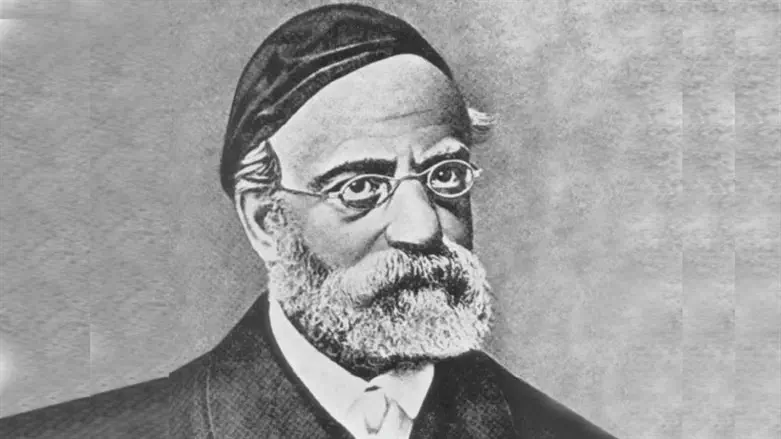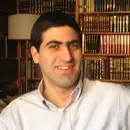
Disabled or blemished kohanim can’t serve in the Beis Hamikdash (Leviticus 21:17-23). To our modern ears, this prohibition sounds strange. What does G-d have against the blind, the lame, or the deformed?
The answer, of course, is nothing. But kohanim in the Beis Hamikdash represent the position from which G-d wants us to approach Him. And this position must be robust, not defective.
Judaism isn’t supposed to be like other religions that attract adherents primarily due to tragedy. We all know such people. We are these people at times. We turn to G-d when our lives take a turn for the worse – when our child, for example, is sick in the hospital or our debts threaten to ruin us. When life is good, in contrast, we forget about Him and go about our merry business.
That predilection is precisely the opposite of what G-d desires. In Rav Samson Raphael Hirsch’s words: “It is not the afflicted and the infirm, not the blind and the lame, the disfigured and crippled, the broken and the sick, for whom the Jewish altar is erected, so that weary, burdened humanity can drag itself up to it to find compassionate consolation or even miraculous healing.”
The Beis Hamikdash isn’t supposed to be “a hospital and old-age home erected for the wrecks of humanity, a place where only those come who are of no use in the world and can find no home anywhere else.”
Judaism does, in fact, help such people, serving as a balm for their wounds. But G-d didn’t give us the Torah to get through life. He gave it to us to live life, to sanctify life. Judaism is supposed to be a springboard to elevate our existence, not a crutch to survive it.
“It is life in its completeness, in its freshness and strength, which is to gain consecration” in the Beis Hamikdash, writes Rav Hirsch. “Life and strength, not death and weakness, live at the altars of G-d.”
Thus, only a kohen without defect or deformity can serve in the Beis Hamikdash. For only he can symbolize the “point of view from which nearness to G-d is to be sought.”
Rav Samson Raphael Hirsch (1808-1888) – head of the Jewish community in Frankfurt, Germany for over 35 years – was a prolific writer whose ideas, passion, and brilliance helped save German Jewry from the onslaught of modernity.
Elliot Resnick, PhD, is the host of “The Elliot Resnick Show” and the editor of “The Rav Samson Raphael Hirsch Dictionary.”
